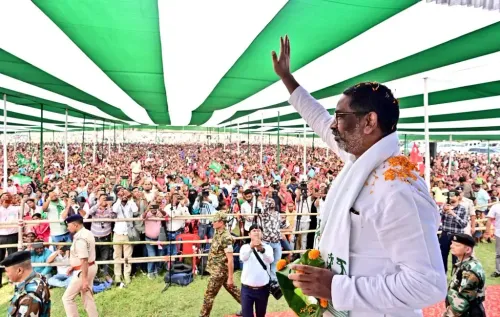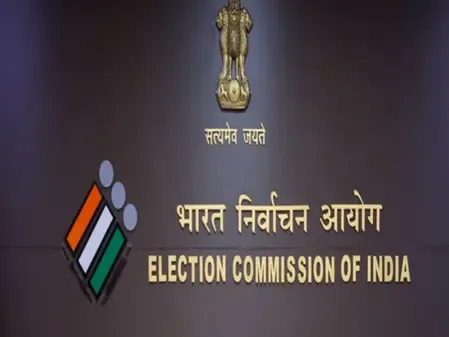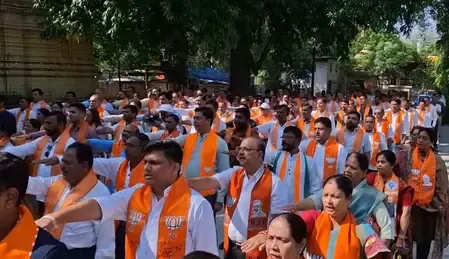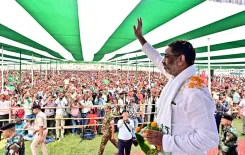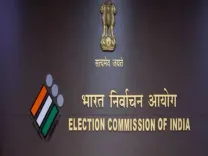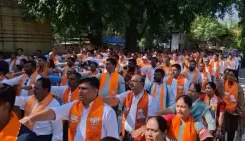Why Does High Voter Turnout Indicate a Desire for Change?
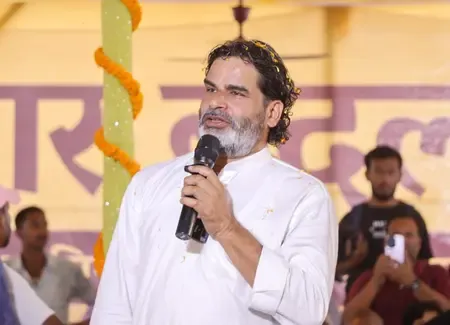
Synopsis
Key Takeaways
- High voter turnout reflects desire for change.
- Prashant Kishor's campaign offers alternatives.
- NDA attributes turnout to governance trust.
- Women voters show significant participation.
- Peaceful polling process noted by Election Commission.
New Delhi, Nov 7 (NationPress) The initial phase of the Bihar Assembly elections showcased a remarkable voter turnout, eliciting diverse responses from various political factions. Prashant Kishor, the founder of the Jan Suraaj Party, interpreted the substantial turnout as an indication of impending change, while the ruling NDA attributed this to the public's confidence in the administration led by Chief Minister Nitish Kumar and Prime Minister Narendra Modi.
In light of the voter engagement, Kishor, who has been actively campaigning through his Jan Suraaj Yatra, stated: “The greatest achievement of Jan Suraaj is that the electorate now has an alternative. The era of voting for Nitish-BJP out of fear of the BJP has concluded. Voters are enthusiastic because they perceive a new choice, a fresh direction, which explains the significant voter turnout.”
Kishor pointed out that the unprecedented participation indicated a change in public sentiment, suggesting that voters are yearning for transformation and are no longer tethered to traditional political affiliations.
On the other hand, JD(U) national spokesperson Rajeev Ranjan praised the historical polling figures as an encouraging sign for the ruling coalition.
“This is an extraordinary level of voting, and it assures us that we will achieve results superior to those of 2010. The effective leadership of Chief Minister Nitish Kumar and Prime Minister Narendra Modi has revolutionized Bihar,” he remarked.
BJP spokesperson Ravi Tripathi highlighted the increasing political engagement of women, attributing it to government empowerment programs.
“The results of the government's initiatives are evident in the substantial turnout of women at the polls. Across all 18 districts and 121 Assembly constituencies, women waited in line from dawn until dusk to cast their votes,” he noted.
“Through this significant voter turnout, they have demonstrated their desire to maintain this government in power, as it ensures their safety, employment, and development,” he added.
Election Commission officials reported that the polling in the first phase was conducted smoothly across all constituencies. The subsequent phase is scheduled for November 11, with vote counting set for November 14.

